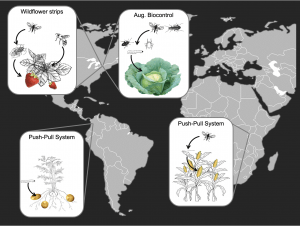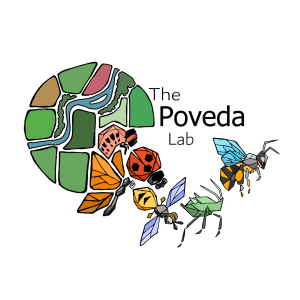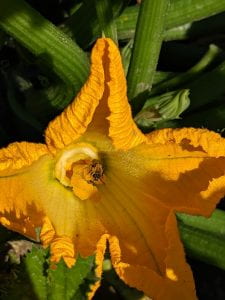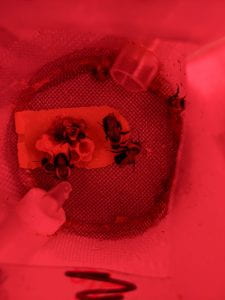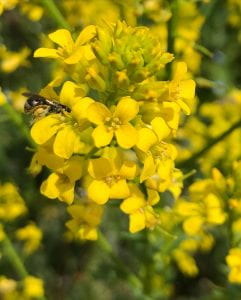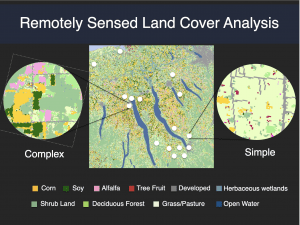Welcome to our website! In the lab, we study plant-insect interactions in agricultural systems. We are interested in studying these interactions at many different levels to seek more sustainable strategies in which pollinators, pests, and natural enemies could be managed to increase yields.
At the farm scale, we have been focusing on developing crop management systems that reduce pest pressure and increase yield through the use of functionally important plants (trap plants for pests, repellent plants for pests and flowering plants attractive to natural enemies and pollinators). Additionally, we have been studying the responses of different varieties of crop plants to herbivores in order to harness their natural defense mechanisms (resistance and tolerance) in management practices or breeding processes that would lead to higher production with less reliance and chemical fertilizers and pesticide use. In collaboration with an interdisciplinary team of Colombian and US researchers with expertise in applied economics and management, entomology, plant breeding, genetics, and molecular biology to apply the push-pull technology to reduce pest pressure by a major potato pest, the Guatemalan tuber moth. We are using an overcompensating potato variety to successfully develop a sustainable management practice that can have a long-term impact on Colombian agriculture.
At the landscape scale, we are investigating how important the biodiversity surrounding a farm is for ecosystem services such as pollination, natural pest control and increased yields. Past studies work with landscape scale effects on potato pests in Colombia and on strawberry pollinators in upstate NY. One important research direction we have taken is to look at how landscape structure shapes the effectiveness of local management practices. We have tested the idea that local management is context dependent for a series of different systems which include: 1) natural enemy augmentation in cabbage fields, 2) floral strips for pollination and natural enemies in strawberry field, 3) push-pull systems for pest control in maize fields in Kenya, 4) push-pull systems for potato pest control in Colombia, 5) natural repellent plant extracts for pest control in beans and maize in Malawi.